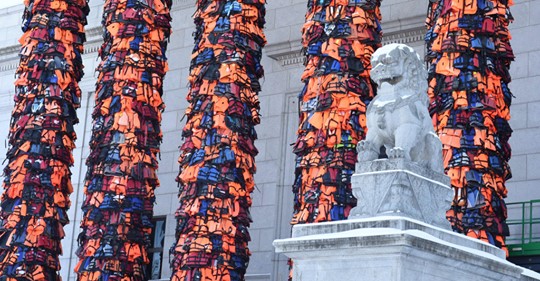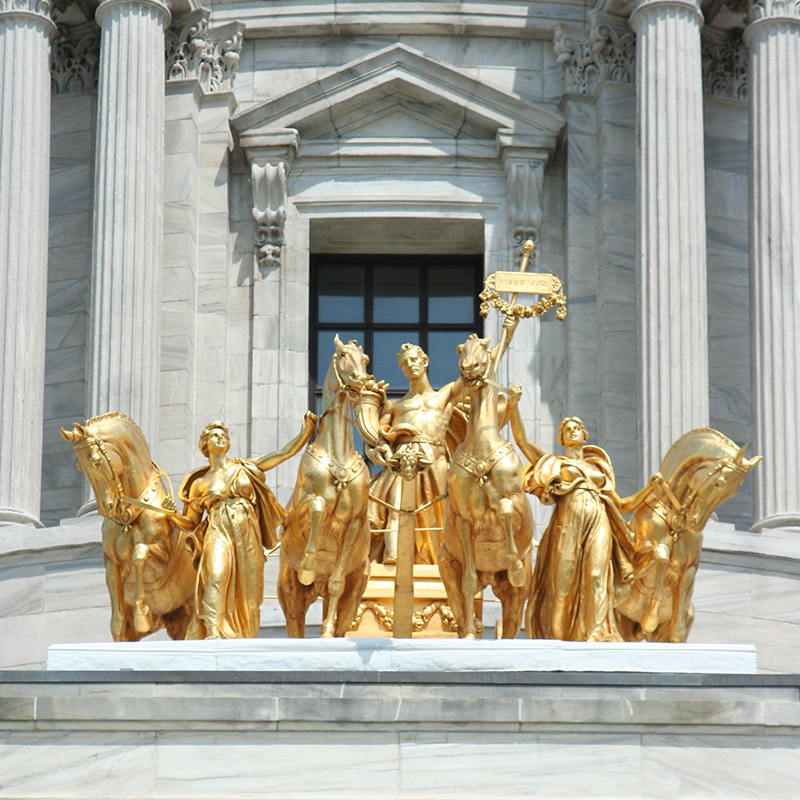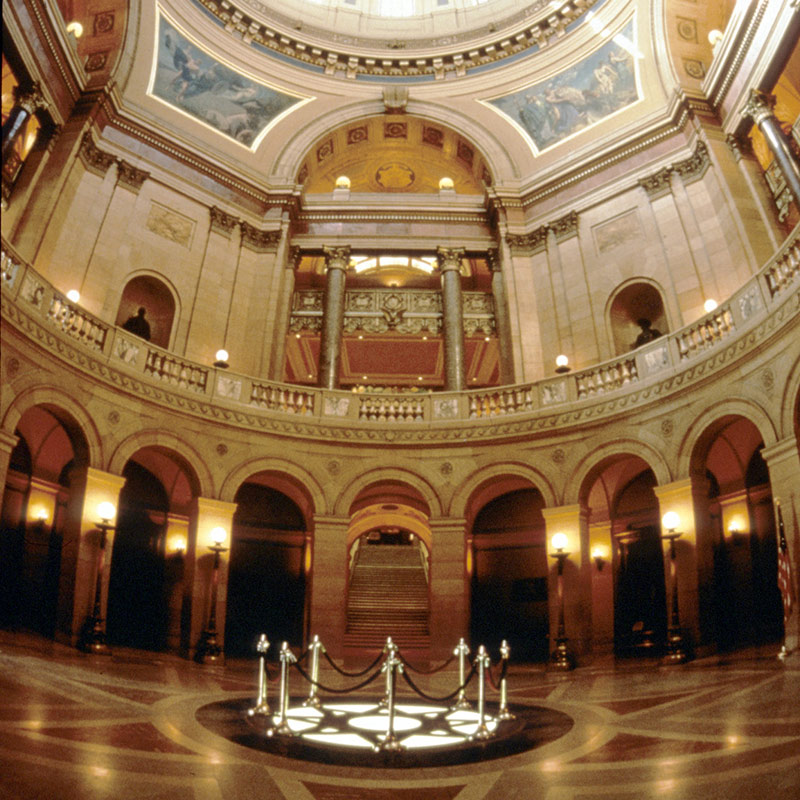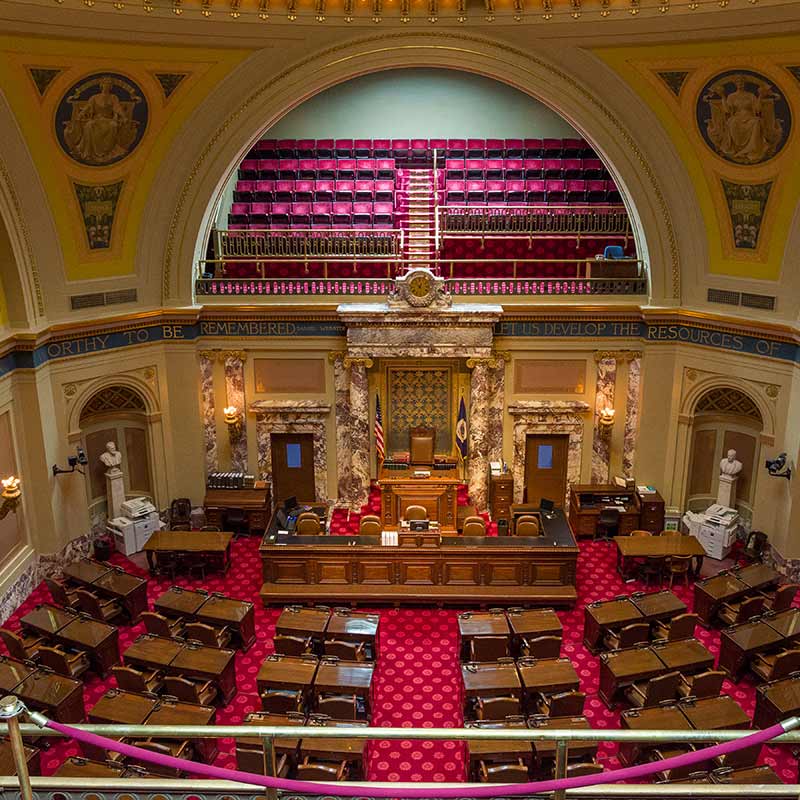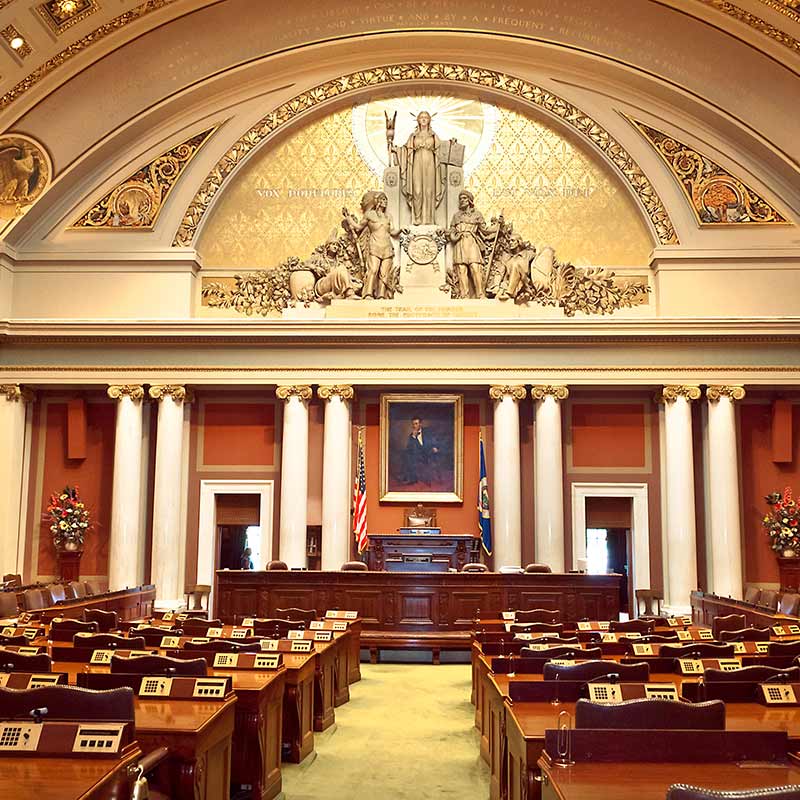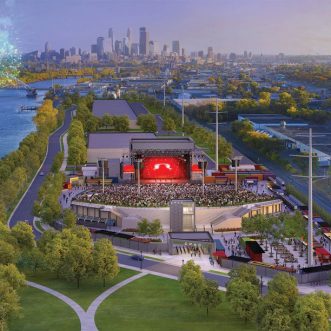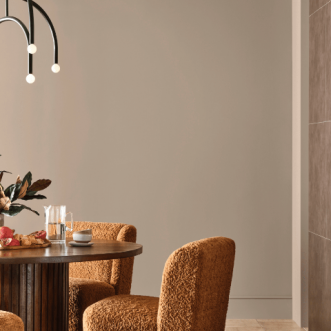When Jasper Johns’s paintings of flags and targets debuted in 1958, they brought him instant acclaim and established him as a critical link between Abstract Expressionism and Pop art. In the ensuing 60 years, Johns (US, b. 1930) has continued to astonish viewers with the beauty and complexity of his paintings, drawings, sculpture, and prints. Today, he is considered one of the 20th century’s greatest American artists.
In celebration of the artist’s 90th birthday, An Art of Changes surveys six decades of Johns’s practice in printmaking, highlighting his experiments with familiar, abstract, and personal imagery that play with memory and visual perception in endlessly original ways. The exhibition features some 90 works in intaglio, lithography, woodcut, linoleum cut, screenprinting, and lead relief—all drawn from the Walker’s comprehensive collection of the artist’s prints.
Organized in four thematic sections, the exhibition follows Johns through the years as he revises and recycles key motifs over time, including the American flag, numerals, and the English alphabet, which he describes as “things the mind already knows.” Some works explore artists’ tools, materials, and techniques. Others explore signature aspects of the artist’s distinctive mark-making, including flagstones and hatch marks, while later pieces teem with autobiographical imagery. To underscore Johns’s fascination with the changes that occur when an image is reworked in another medium, the prints will be augmented by a small selection of paintings and sculptures.
Curator: Joan Rothfuss, guest curator, Visual Arts
Be the first to preview An Art of Changes and celebrate with live music by Nooky Jones, DJ sets by Shannon Blowtorch, a drop-in art-making workshop, late night bites, specialty cocktails, and more.

Nooky Jones – Photo: Reid Bauman
Become a new Walker member and receive up to two free tickets! Find out more at walkerart.org/membership.

